Which thermal spotter is right for you? Which tech specs matter when trying to decide? Christian Rysgaard looks at three thermals to help explain
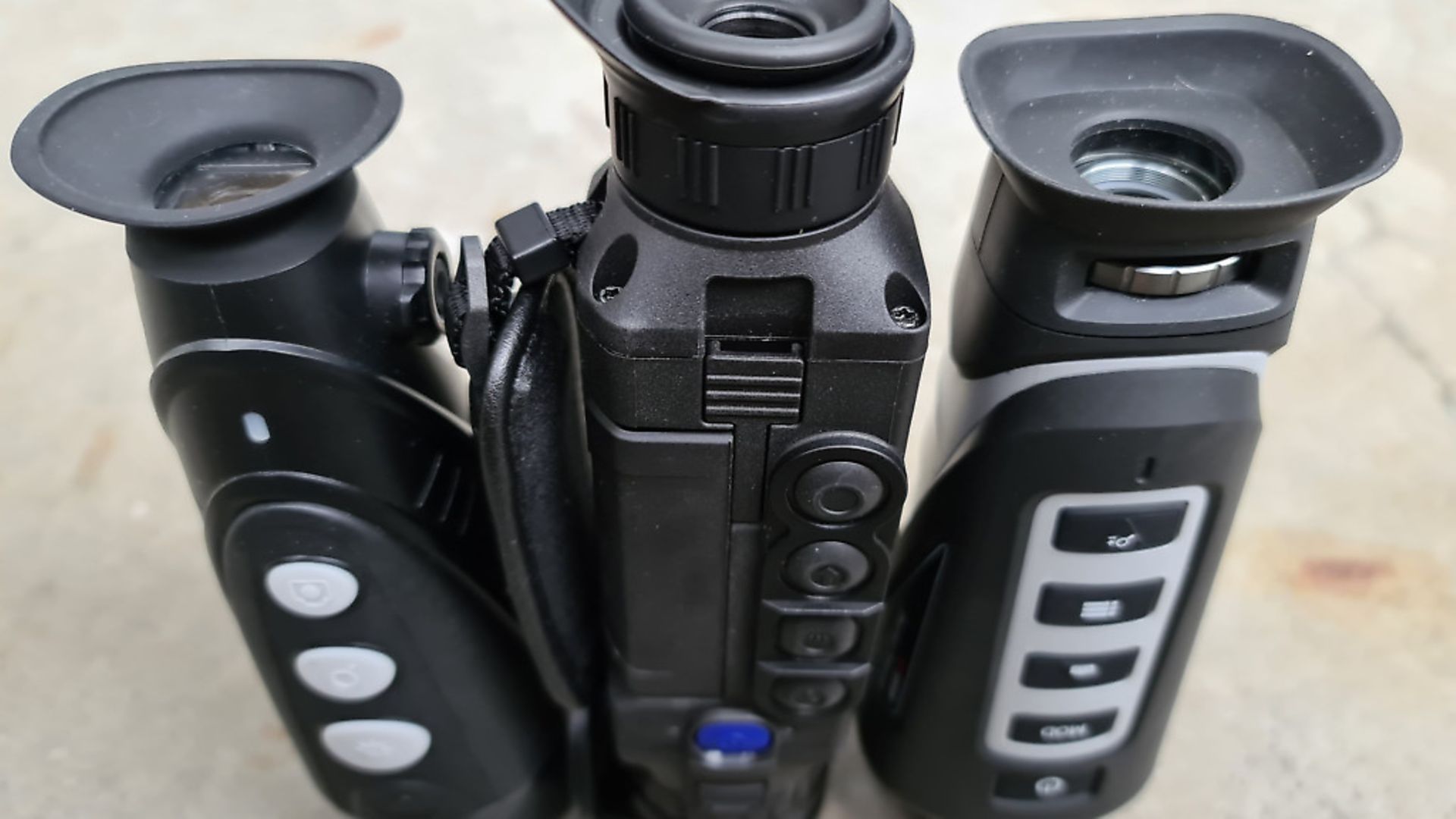 credit: Archant
credit: Archant
Widespread problems with the wild boar population in Europe combined with constant technological advancements in night optics and reduced prices means thermal is getting a lot of attention from regular hunters that previously never consider this type of equipment and hunting style.
The big classic European optics manufacturers like Zeiss and Leica have discovered this trend and are now starting to come up with their own new exciting products. Other companies, such as Pulsar, have been around for quite some time and learned to refine the recipe for how night optics should be built to strike the delicate balance between technological possibilities, the hunter’s real practical needs and the pain point of the always slender wallet.
Chinese manufacturers seek to target the same market with their own full units, rather than just supplying the parts for other manufacturers. They are often resorting to OEM deals to bypass the language and support barriers in different European countries. All in all, this makes for an emerging market with a constant technological drive and the possibility to change the scene quickly, if they can supply the product at the right time and at the right price.
This spring, I was lucky enough to gather a small handful of the top tier thermal spotters on the market for testing. At the high end of the scale, all the technical sub-components have been selected for their ability to perform, rather than their price tag. The price for these spotters are all around the £3,500 mark and at this price you should definitely expect a superb quality – but what does that really mean for a thermal spotter? Let’s just start by outlining the technology first.
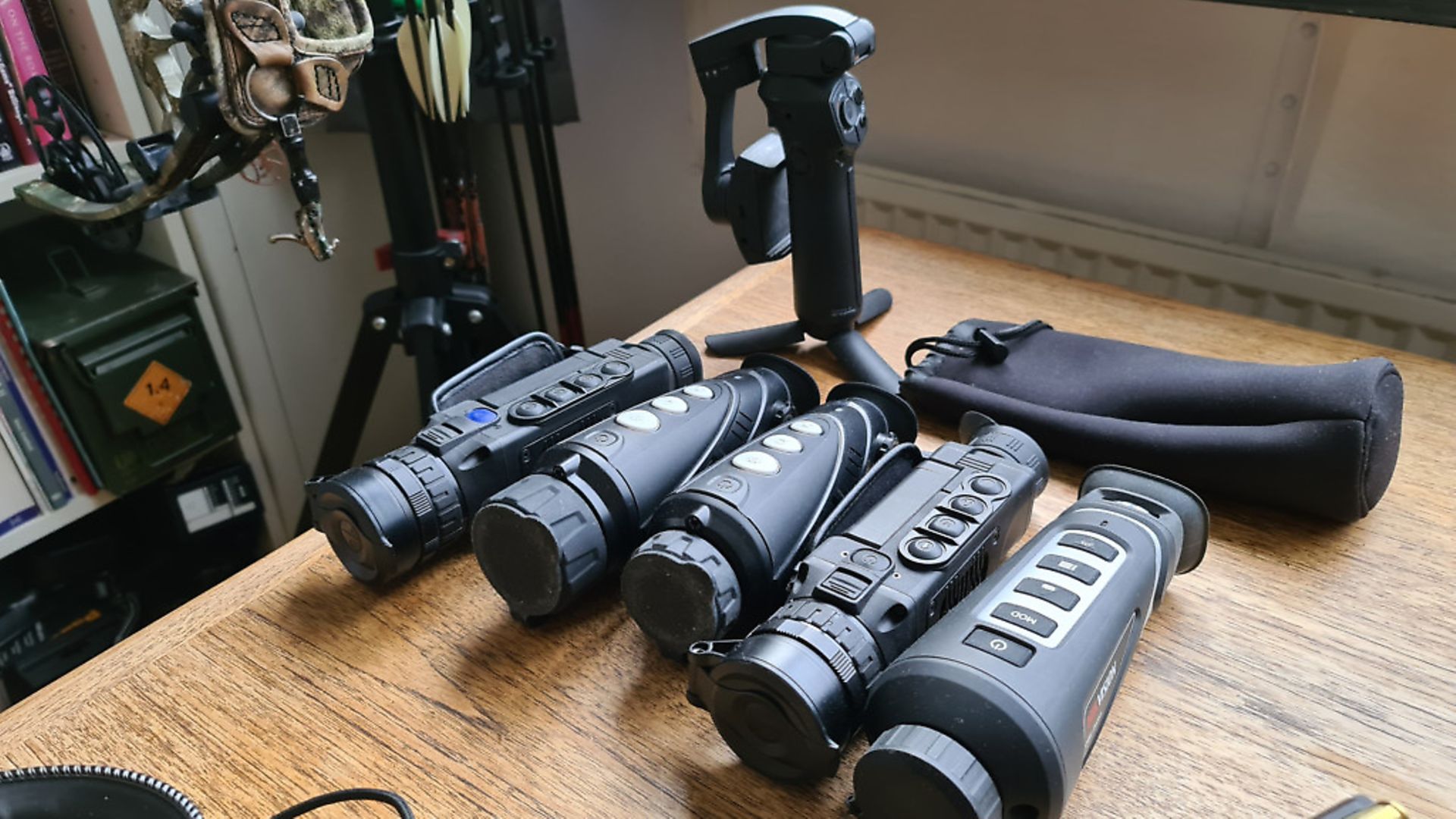 credit: Archant
credit: Archant
microbolometer specs
At the heart of any thermal spotting techology is something called an ‘uncooled microbolometer’. This is a standalone electronic component produced exclusively by a small handful of companies in the world (including BAE, Lynred, IRay and FLiR). Notice that these are rarely the same companies that produce the finished thermal spotter product in the end.
Slightly simplified, the microbolometer converts heat radiation into an electronic signal that can be displayed on a screen. In this regard, it resembles the sensor you find in all modern smartphones. In digital cameras, all visible light is converted into an electronic signal, where the heat radiation forms the basis of the image for a microbolometer. It is all electromagnetic radiation but with different ranges of wavelength and thus also different technology is needed for detection.
There are three important properties of the microbolometer that are worth keeping an eye on:
* Resolution: The total number of pixels in the sensor, given as width x height (eg 384x288 pixels)
* Pixel pitch: The size of the individual pixels in the sensor, measured from centre to centre (eg 17?m)
* Temperature sensitivity: The ability to detect small differences in temperature is measured in millikelvin (e.g. 50mK)
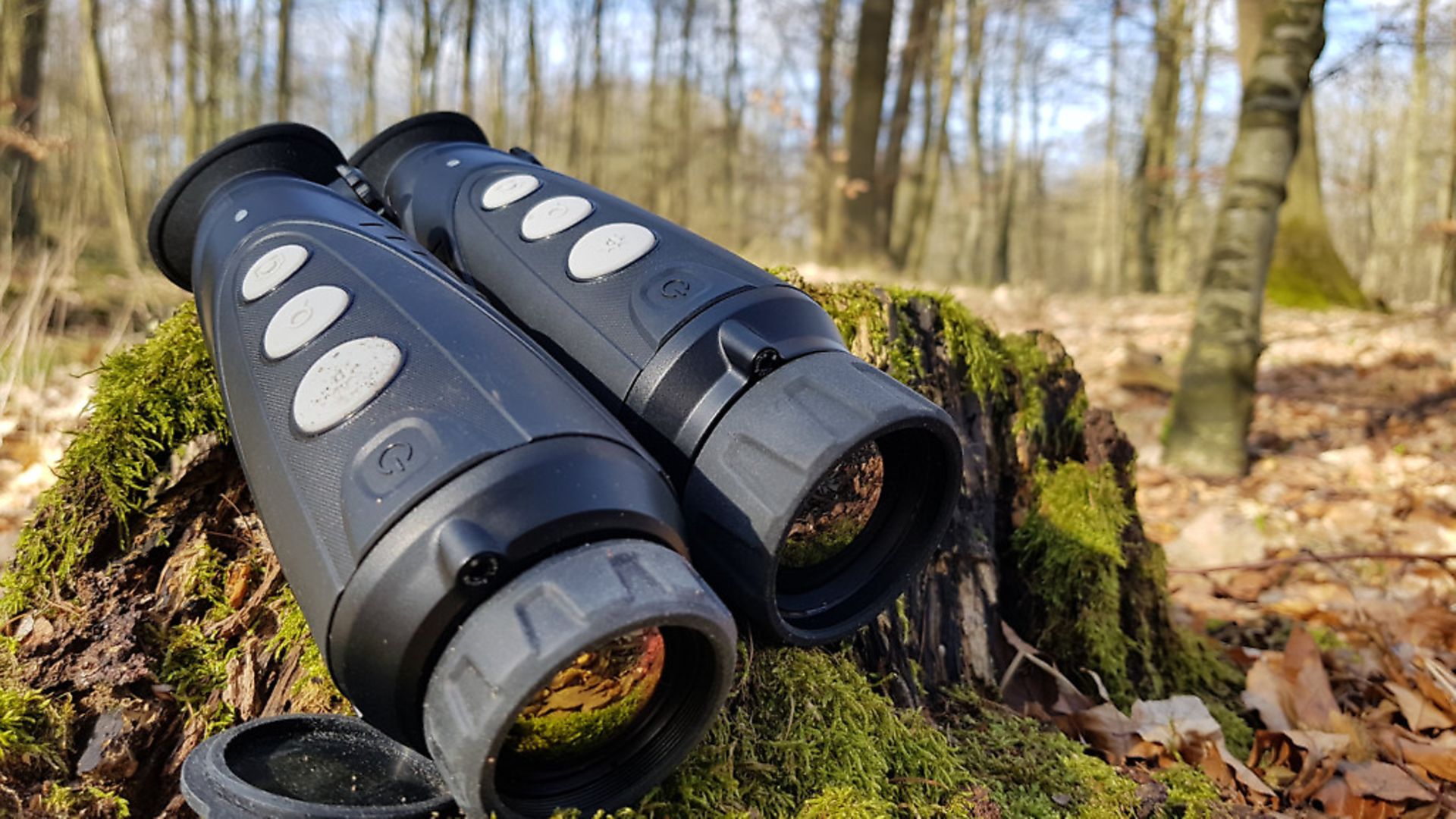 credit: Archant
credit: Archant
Thermal sensor Resolution
Just as a digital camera has a specific resolution (measured in megapixels), so will the sensor in a thermal spotter also have a resolution of a certain number of pixels. Currently, the most common microbolometers on the market are in 384x288 pixels resolution delivering a resolution of 0.1 megapixels. It reveals nicely why you should not expect the great details in thermal images, compared to a smartphone that today is in the vicinity of 10 megapixels.
Of course, for proper comparison, you have to take into account that digital cameras roughly ‘waste’ three pixels on capturing natural colours distributed on red/green/blue channels for each point. In contrast, the thermal optics only concentrate on capturing the temperature in each pixel. The colours you can often see on a spotter’s screen, with red as the warmest colour, are added in the image rendering software and not measured separately by the sensor itself. But even with this caveat, there is a huge difference in image resolution compared to digital cameras.
The next available size of microbolometers is 640x480 pixels, which increases the resolution to 0.3 megapixels and gives about three times as many pixels. This increase in the number of pixels also explains the majority of the jump from £1,500 to £4,000 in price for top-class thermal spotters using this size of sensor.
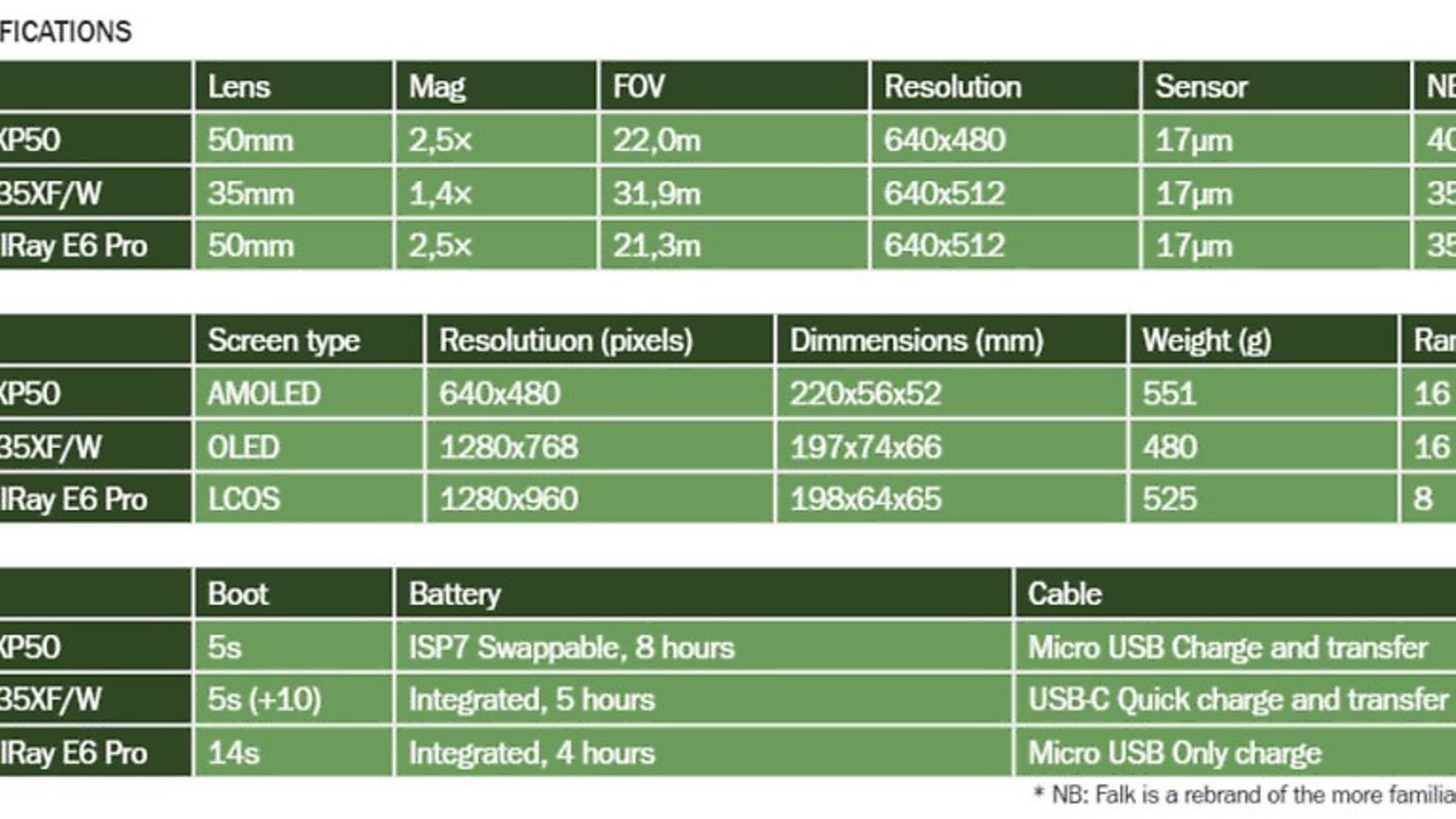 credit: Archant
credit: Archant
thermal Pixel pitch
Another interesting parameter to look at is the size of the individual pixels, known as the pixel pitch. It is always given as the distance from centre to centre in the individual pixels and measured in ?m (1?m corresponds to 0.001 mm). For a 384x288 pixel sensor of 17?m, the sensor as a whole will form a diminutive light-sensitive square of just 6.5x4.9mm, which detects the thermal radiation. For a 640x480 pixel sensor, the size of the corresponding sensor will end up at 10.9x8.1mm, which is close to a doubling in physical size.
There is an unfortunate trade off here: the larger the individual pixels, the better their ability to capture the incoming radiation, but the fewer pixels there is room for and the more grainy the resulting image will be. At the same time, there is a natural limit to the size you want the sensors to be built into a handheld thermal spotter, which by its nature must be easy to handle. Therefore, we see a continuous development in making the individual pixels in the sensor smaller, while at the same time trying to maintain the temperature sensitivity.
In 2019, we started to see sensors in commercial thermal spotters with a pixel pitch of just 12µm, which allows for production of smaller sensors while maintaining a sensible resolution. This means that they can, among other things, be pressed into 30mm pipes and use standard mounts as ordinary rifle scopes. They can also be used for hand spotters with a slightly more handy design that fits perfectly in the breast pocket or for mounting on a helmet. This is not a complete shift to the smaller pixel pitch, as the temperature sensitivity also deteriorates a bit and the production costs of the end product will be higher, but it is certainly a trend that will continue as technological development progresses.
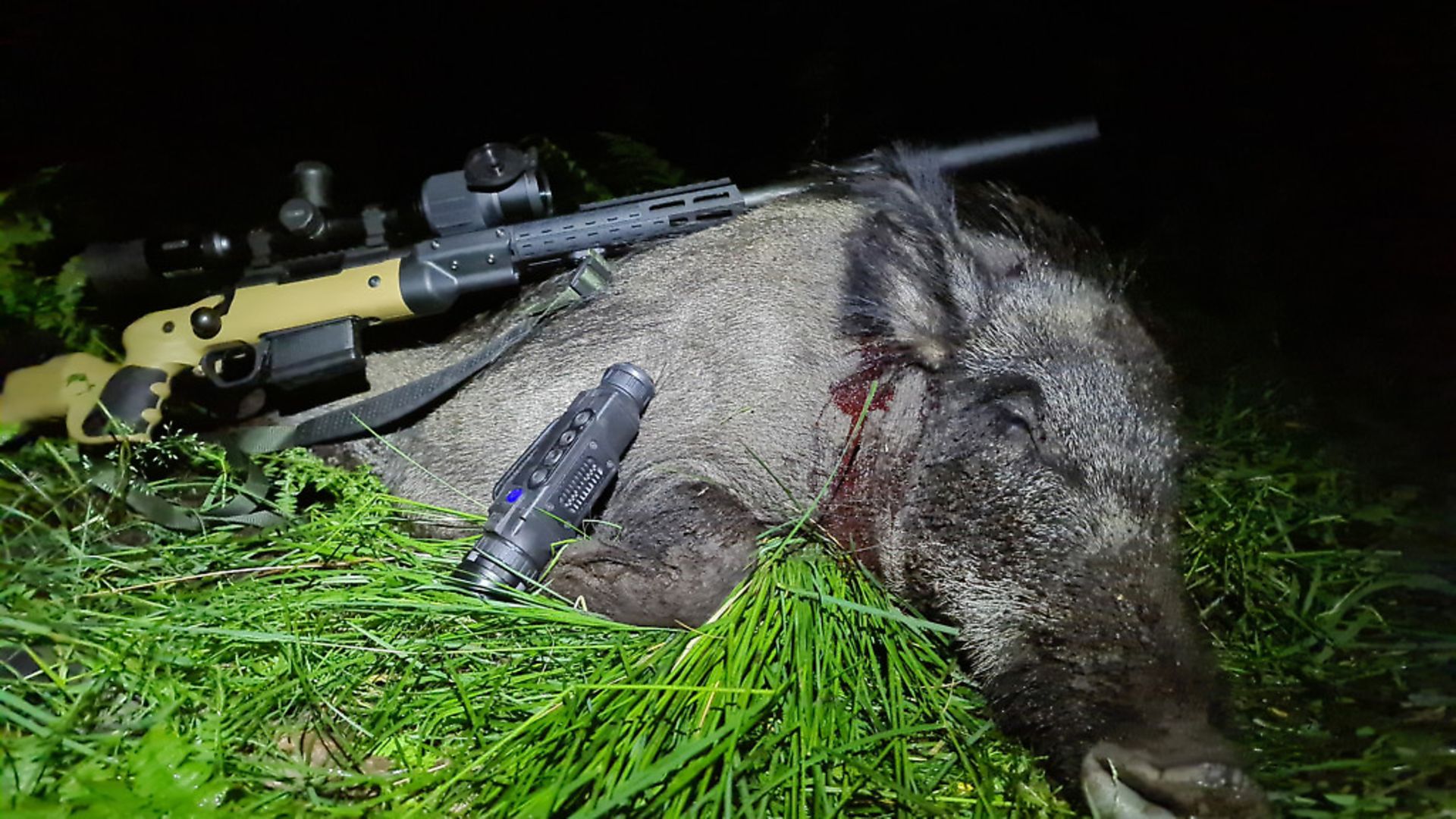 credit: Archant
credit: Archant
Temperature sensitivity
The most interesting parameter for the quality of a microbolometer is the sensitivity of the sensor to temperature differences. This sensitivity is called the Noise Equivalent Temperature Difference (abbreviated NETD) and is measured in the unit mK (millikelvin) at a given temperature and a specific aperture. The lower this number, the better the device is able to distinguish small differences in temperature. Thermal units based on uncooled microbolometers are typically at 50mK at 30°C, some with a higher value, some of the good ones with a lower value.
Unfortunately, there is very disparate information about the NETD score for thermal spotters, perhaps because there is no independent way to measure it and perhaps because pixel pitch also plays a part – the less impressive of the devices obviously do not disclose this number, but often just inform about the resolution on the sensor or, even more useless, the resolution on the screen.
There is an extra detail in this puzzle: not all sensors are created equal! The factories that produce these microbolometers will measure the current NETD score after production and divide them into batches according to this property. That means you will be able to find microbolometers from the same production series with significantly better NETD scores in certain selected manufacturers units; the price is simply adjusted according to their ability. A pretty good example of this can be found in Pulsar’s Series 2 models from the spring of 2020. Here they have just chosen to use microbolometers from LYNRED with a temperature sensitivity of less than 40mK and now perfectly match the very sensitive microbolometer from HIKVision that has an impressive 35mK NETD on their top tier series.
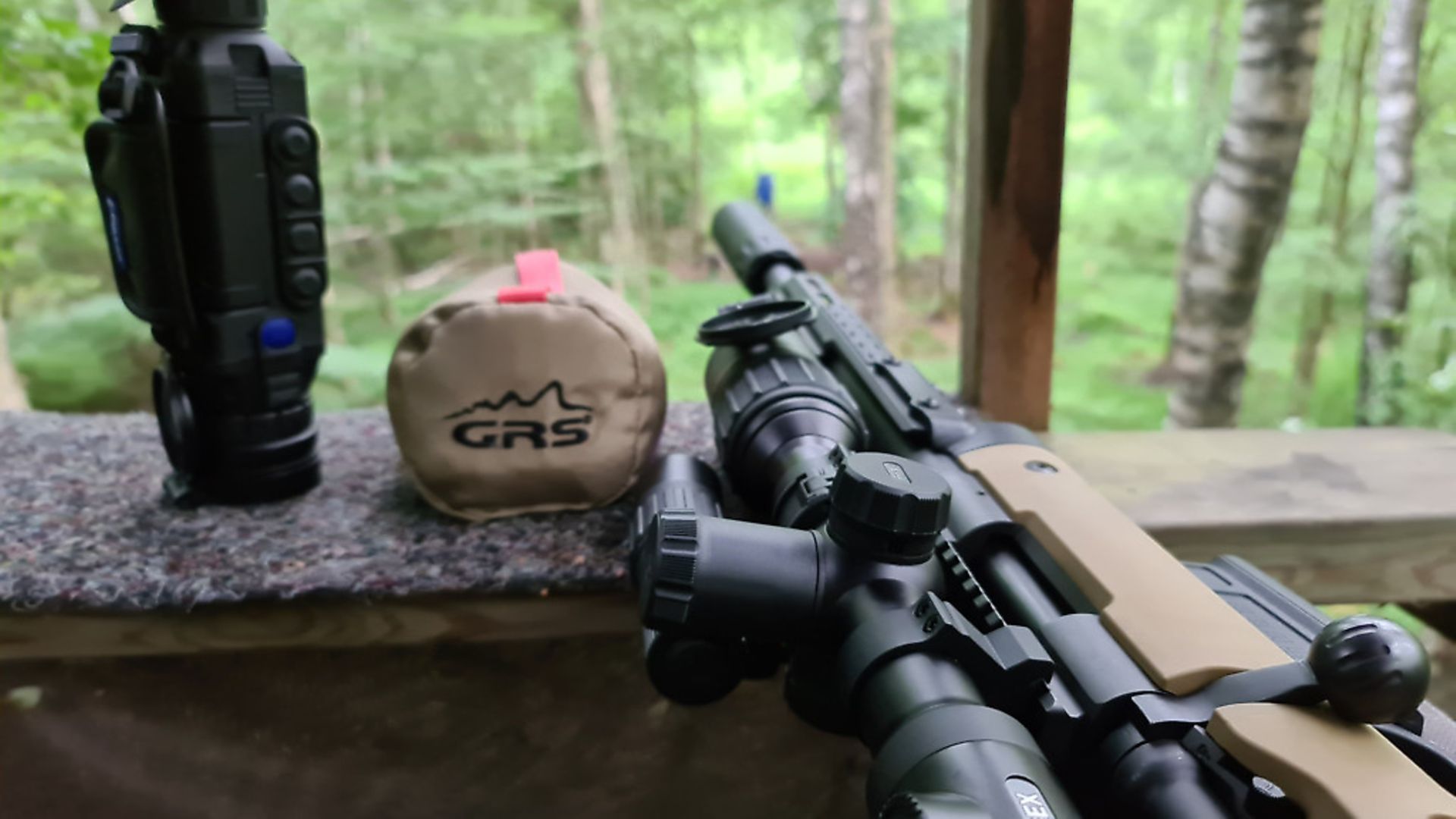 credit: Archant
credit: Archant
What to look for in a hunting thermal In addition to the almost always important price, there are a lot of technical details to keep an eye on when looking for the right thermal spotter. Here is my checklist for thermal spotters:
* Sensor: Number of pixels, size of pixels and their temperature sensitivity (NETD)
* Lens: What is the size of the lens (9, 15, 25, 35 or 50mm) and does it match what you plan to use the spotter for?
Field of view (FOV) and base magnification: Indicates how large your field of view is as an angle or at a distance of 100m. Do you need to use the spotter from a long distance or just to create an overview?
* Screen: What type and quality does the screen have, how many pixels does it have and what is the actual physical size of the screen in your field of view?
* Battery: What type of battery, is there a possibility of quick replacement on the hunt, which cable is used for charging by default, and how long does it take to charge it?
* Operating system: Are there different sensitivity modes and can you easily switch between colour schemes? Can you record photos and movies, in what format and what is needed for you?
* Control: What is the start-up time of the spotter and can it be easily put into power saving mode and switched on again? How easily accessible are the buttons and how cumbersome are they to use?
* Software and connection: Can you control the device from your own smartphone? Do you need wifi or cable for transfer and what is the speed of transferring large movies?
Test them out
The best advice I can give you is to find a store where you can test several spotters against each other and thereby determine if the small differences are significant to you, or if it really does not matter in practice.
It is, for example, a very personal choice as to whether the size of the screen at the correct eye distance fills well in the field of view, or if you feel that you are sitting in the back row of a large dark cinema hall with a very small screen. Two people can have the same visual experience, but apply different meaning to it.
Also note that a good temperature sensitivity is not particularly visible when it is a clear sky with low humidity. Everything looks razor sharp when you are in optimal conditions in the middle of a store, but the temperature sensitivity makes a huge difference when it is late at night, with high humidity or a little haze or drizzle and everything is cooled down to the same temperature after many hours without the warming sun – including the animals with wet and cold outer fur.
After a number of practical tests, I have discovered that things like easy operation, quick start-up and low power save mode are incredibly important for my own hunting situation. There is nothing worse than being able to hear sounds in the dark and then having to wait for the thermal spotter to be ready for use. Every second is precious and the difference can mean you come home empty-handed.
Decide for yourself what you really need the spotter for – is it detailed recognition of animals at longer distances or just the opportunity to detect the presence and size of animals in at a feeding site at a 50-75m distance? With a few exceptions, the price will naturally increase with the number of demands you add to the wish list.
Test of thermal spotters
After a somewhat calm spring during the Danish Covid-19 lockdown, I luckily had a long-planned wild boar hunt in Sweden. Three manufactures that had not quite closed down sent me their top-tier thermal spotter and they joined me on a hunt in the magnificent Swedish countryside; Pulsar Helion 2 XP50, HIK Vision OWL 3XF/W; and IRay E6 Pro. You can see the specs for the products on test in the Technical Specifications image.
I chose to completely ignore the prices during this test, but focused solely on selecting devices that had the same high resolution on their sensor and a large lens. When you look at thermal spotters with high-resolution sensors (the three listed being pretty much the front runners), the price naturally also starts at a higher level.
In addition to the razor-sharp image in normal use, the advantage of the high resolution of the sensor is that the use of digital zoom actually still contains enough detail to be usable. If you can manage with a smaller resolution, there are plenty of spotters for a third of the price that will make you happy. I hope you’ve found this guide to thermal tech useful. Have fun, stay safe and good hunting!